If you’ve ever paced the room at 2 a.m. with a fussy baby in your arms, you’ve probably heard of white noise. Maybe you’re already using it every night. And honestly, it can feel like magic. But then the doubts creep in: Is white noise bad for babies? Is it really helping—or could it be doing more harm than good?
You’re not alone in wondering. In this guide, we’ll walk through why white noise helps, what are the potential risks of this sleep aid, and how to use it wisely—so you can make the best choice for your baby’s sleep and your peace of mind.

What Is White Noise?
White noise is a constant, steady sound that includes all the frequencies the human ear can hear—blended together at equal intensity. Think of it like a soft, unchanging “shhh” sound. It doesn’t rise or fall. It doesn’t have a melody or rhythm. It just stays the same.
How It Works
Think of white noise as an acoustic blanket. By filling the room with a uniform sound, it masks sudden spikes—the bark of the dog, the clunk of a pan, or a phone ringing—so they don’t jolt your baby awake.
A 1990 study published in the Archives of Disease in Childhood even found that eight out of ten newborns drifted off within five minutes when white noise was introduced, compared with none in the quiet-room control group.
Common Sources of White Noise
In fact, you don’t need fancy gear to create the hum; white noise can come from a variety of household items and digital tools:
- Fans (box fans, desk fans, ceiling fans)
- HVAC systems, like air conditioners or heating radiators
- Vacuum cleaners
- Running water, such as a faucet or shower
- Consistent rainfall
- Television or radio static (especially older analog models)
- White noise machines and mobile apps, designed specifically to produce a consistent sound spectrum
Why Do Babies Like White Noise?
If you’re wondering, why does white noise help babies sleep, it’s partly because it masks sudden household noises. But more importantly, it mimics the comforting, consistent sound they heard in the womb.
Yes, the womb isn’t quiet. Before birth, your baby snoozed to a non-stop soundtrack of whooshing blood flow and muffled heartbeats that can reach 72–88 dB inside the womb—louder than many city streets.
Re-creating a gentler version of that backdrop helps newborns feel instantly familiar and secure, calms the startle reflex, and smooths the transition from one sleep cycle to the next.
But does that mean white noise is always a good thing? And if a little helps, would cranking up the volume work even better? Actually—no. Recent studies suggest that regularly playing white noise at high volumes could do more harm than good, potentially affecting your baby’s hearing and even their learning down the road.
So, what should you do? Let’s break down the pros and cons of white noise for babies, so you can make the best choice for your little one.
Benefits of White Noise for Baby Sleep
As discussed, there are several reasons why white noise is good for babies:
Improves Sleep Duration and Quality
White noise isn’t a miracle cure, but solid evidence shows it helps little ones fall asleep faster and stay asleep longer. In the classic 1990 randomized trial, 80 % of newborns drifted off within five minutes of hearing white noise, compared with only 25 % in a quiet room—a dramatic difference for exhausted parents.
Newer reviews echo those results. A 2024 scoping review summarized 20 studies and concluded that, when volume is kept within safe limits, white noise can lengthen total nighttime sleep and reduce the number of night-wakings.
Blocks Out Sudden Environmental Noises
Babies spend a large chunk of each sleep cycle in light, easily-disturbed REM (Rapid Eye Movement) sleep. White noise works like an acoustic air-filter, smoothing over disruptive peaks—dog barks, door slams, or a sibling’s early-morning cartoon—so they don’t jolt your baby awake.
Pediatric researchers note that infant sleep machines are expressly designed “to mask other sounds in an infant’s room with the goal of increasing uninterrupted sleep.”
Helps with Sleep Associations
Babies learn quickly that certain cues mean “time to snooze.” When you make white noise part of every nap and bedtime routine, it becomes a predictable signal that helps your baby wind down—much like dimming the lights or reading a favorite book.
Consistent, low‑level white noise can also smooth transitions between sleep cycles, so your little one is less likely to need you to resettle them each time they stir.
Potential Risks and Concerns
White noise can be a lifesaver on rough nights, but—like any baby‑sleep tool—it isn’t 100% risk‑free. Here are a few situations where the answer to “Are white noise machines bad for babies?” could actually be yes.
Hearing Safety and Volume Levels
One of the biggest concerns with white noise is how loud it is.
In 2014, the American Academy of Pediatrics (AAP) tested 14 white noise machines made for babies. Every single one went over the recommended sound limit for hospital nurseries, which is 50 dB. Three even hit 85 dB, a level linked to adult occupational hearing risk if played all night.
White noise doesn’t need to be loud to be effective. If the volume is too high or the machine is too close to your baby, it could put strain on their hearing—and over time, that might even lead to noise‑induced hearing loss.
Overdependence and Sleep Associations
Another thing to consider is how much your baby relies on white noise.
White noise is a terrific sleep cue, but it shouldn’t be the only cue. If your baby gets used to it every single time they sleep, it can become a crutch.
This is especially tricky when you’re not at home, like on a trip, at daycare, or at grandma’s house, and the machine isn’t there. In those moments, your baby might struggle to fall asleep or stay asleep without the familiar sound.
Developmental Considerations
There’s also some early research raising questions about how long-term white noise use might affect the brain.
Your baby’s brain is wired to soak up an ever‑changing mix of voices, pitches, and rhythms. When that acoustic diet is replaced by the same steady hum for hours on end—especially during awake time, researchers warn it could blunt some of the very skills you’re hoping to nurture:
- Reduced language input. Developmental psychologist Dr. Rochelle Newman has shown that infants have a tough time picking out new words when a constant background noise is present.
- Less practice separating sounds. A 2017 review in Current Directions in Psychological Science notes that young brains are still learning to filter signal from noise. Prolonged exposure to any unvarying sound can leave fewer opportunities for that crucial workout. Over time, this could slow the fine-tuning of neural pathways that help children parse speech in busy environments like classrooms or playgrounds.
How to Use White Noise Safely
You see, white noise isn’t automatically bad. When used safely, it can be a great sleep aid for your baby. Follow these simple guardrails to keep the benefits while sidestepping the risks.
Recommended Volume and Distance
One of the most important things to watch is the volume. According to the American Academy of Pediatrics, white noise should never go above 50 decibels—which is about as loud as a soft shower or quiet conversation. That’s much lower than many machines can go, so always dial down your settings.
Also, make sure the machine isn’t too close. The recommendation is at least 2 meters or 7 feet from your baby’s crib. This helps cut sound exposure roughly in half.
If you want to check how loud it is right next to the crib, you can use a free sound meter app from the National Institute for Occupational Safety and Health (NIOSH). It’s an easy way to get an accurate reading without any guesswork.

Types of White Noise to Avoid
Not every “sleep sound” on a machine or app is true white noise. Skip options that:
1. Fluctuate or spike —think ocean waves that crash unexpectedly or rainstorms with thunderclaps.
2. Include melodies or bird-song. Classical music, chirping birds, or gentle lullabies might seem calming to adults, but they’re not true white noise. Anything your baby can “listen to” breaks the hypnotic effect and may overstimulate.
3. Sound thin and hissy. High-pitched static is harder on tiny ears and less soothing than low, rumbly tones.
Dr. Harvey Karp—who popularized womb-like “shushing”—recommends continuous, monotonous, low-pitch sounds, like static on a TV or radio, hair-dryer hum, or car engine rumble.
When to Start and When to Stop
Start whenever you need the help.
You can start using white noise from day one—newborns often respond well to it because it reminds them of the womb.
But use it only for sleep (and the occasional calming session). Playing it all day robs babies of the spoken language and household sounds they need for development, a mistake experts flag often.
Wean gradually once sleep is solid.
Most families taper the hum somewhere between 9 and 18 months—earlier if your baby self‑soothes easily, later if it still masks household commotion.
Lower the volume a notch every few nights or set the timer to shut off halfway through the night. According to Dr. Karp, reducing the level “bit by bit” over a week or two works for nearly all toddlers.
White Noise vs. Other Sleep Aids
Not every family—or every baby—clicks with the same bedtime soundtrack. If you’re wondering whether white noise is the best fit or if something gentler might serve you better, here’s how it stacks up against a few popular alternatives.
Pink and Brown Noise
Like white noise, both pink and brown noise contain every audible frequency, but the higher pitches are dialed down.
- Pink noise slopes off gently, making it sound a lot like steady rain or rustling leaves.
- Brown noise (sometimes called red noise) tilts even further toward the bass end, creating a deep, waterfall-like rumble.
Many listeners—babies included—find the softer, lower-pitched profile less “hissy” than white noise. Adult sleep-lab studies show pink noise can nudge the brain into deeper slow-wave sleep and improve next-day memory, sparking interest in its potential for young sleepers too.
Brown noise is gaining a social-media following for its calming, focus-boosting vibe. Experts note its richer bass masks external sounds without the sharper frequencies that some infants dislike.
There’s less infant-specific research than we have for white noise, but early evidence—and plenty of parent anecdotes—suggests that if the classic shhh isn’t doing the trick, pink or brown noise is worth a try.
Just remember to keep volume low and machine placement safe (at least 7 feet from the crib, under 50 dB), as recommended by the AAP.
Lullabies and Nature Sounds
Music and nature sounds can be incredibly soothing, especially when part of a calming bedtime routine. Lullabies, in particular, are time-tested across generations and cultures for a reason—they’re comforting, rhythmic, and emotionally bonding.
However, they come with some trade-offs:
- Melodies can be engaging. Babies may become more alert listening to a tune than they would to a steady hum, especially as they get older and more curious.
- Sound variation can disrupt sleep. Tracks with changing pitches, lyrics, or sudden volume shifts may interrupt the sleep cycle rather than support it.
- Nature sounds vary. While soft rain or wind can work well, crashing waves, chirping birds, or storm sounds may overstimulate rather than soothe.
These sounds can be great for winding down—but they’re better suited to falling asleep than staying asleep.
Sleep Routines and Habits
While sound-based sleep aids can be helpful, nothing beats a consistent, loving bedtime routine. Pediatric sleep experts agree that predictable habits—done in the same order every night—are one of the most effective ways to signal “it’s time for sleep.”
A strong sleep routine might include:
- A warm bath
- Dimming the lights
- A feeding or cuddle session
- Reading a short book
- Playing a soft sound (like white, pink, or brown noise)
The key is repetition. Over time, these cues become deeply familiar, helping your baby relax before you even lay them down. If you ever decide to stop using white noise, this routine is what will carry your baby through the transition with minimal stress.
If you’d like a single gadget that can handle every part of the wind-down routine, you might appreciate the Alilo Pocket Soother for Baby Adult. It comes with 30 ready-to-go tracks, including soft white noise loops, nature ambiences, and classic lullabies.
You can start the evening with a favorite white noise or lullaby, and a 30/60/90-minute timer gradually fades everything out once your little one drifts off—for uninterrupted rest.
Meanwhile, parents love the toy with three soothing light modes—breathing, dim, and bright—as well as the durable ABS body with an anti-slip design that stands up to everyday drops.
With USB-C charging and a powerful battery that lasts up to 24 hours, this compact device is just as comfortable on a bedside table as it is tucked into a diaper bag—making those soothing sounds available whenever (and wherever) sleep calls.

Conclusion
So, is white noise bad for babies? The answer isn’t black and white. White noise can be a helpful sleep tool when used safely—at a low volume, for limited periods, and as part of a solid bedtime routine. But when it’s too loud or used nonstop, it can carry risks, especially to a baby’s developing hearing and brain.
Like most things in parenting, it’s about balance. Used wisely, white noise can support better sleep. Just make sure it’s not the only thing your baby depends on—and keep the volume in check.
FAQs
Can white noise damage my baby’s hearing?
Yes, it can—if it’s too loud or too close. According to the American Academy of Pediatrics, white noise should stay under 50 decibels and be placed at least 7 feet from the crib. Many machines exceed safe levels, so it’s best to use a sound meter app to check.
Is it okay to use white noise all night?
You can use it overnight, as long as it stays under 50 dB and the device sits at least 7 feet from the crib. But avoid running it 24/7. Long-term exposure at high volumes has been linked to possible risks, including hearing damage and delayed auditory development. If your baby sleeps well and your setup is safe, overnight use is generally fine.

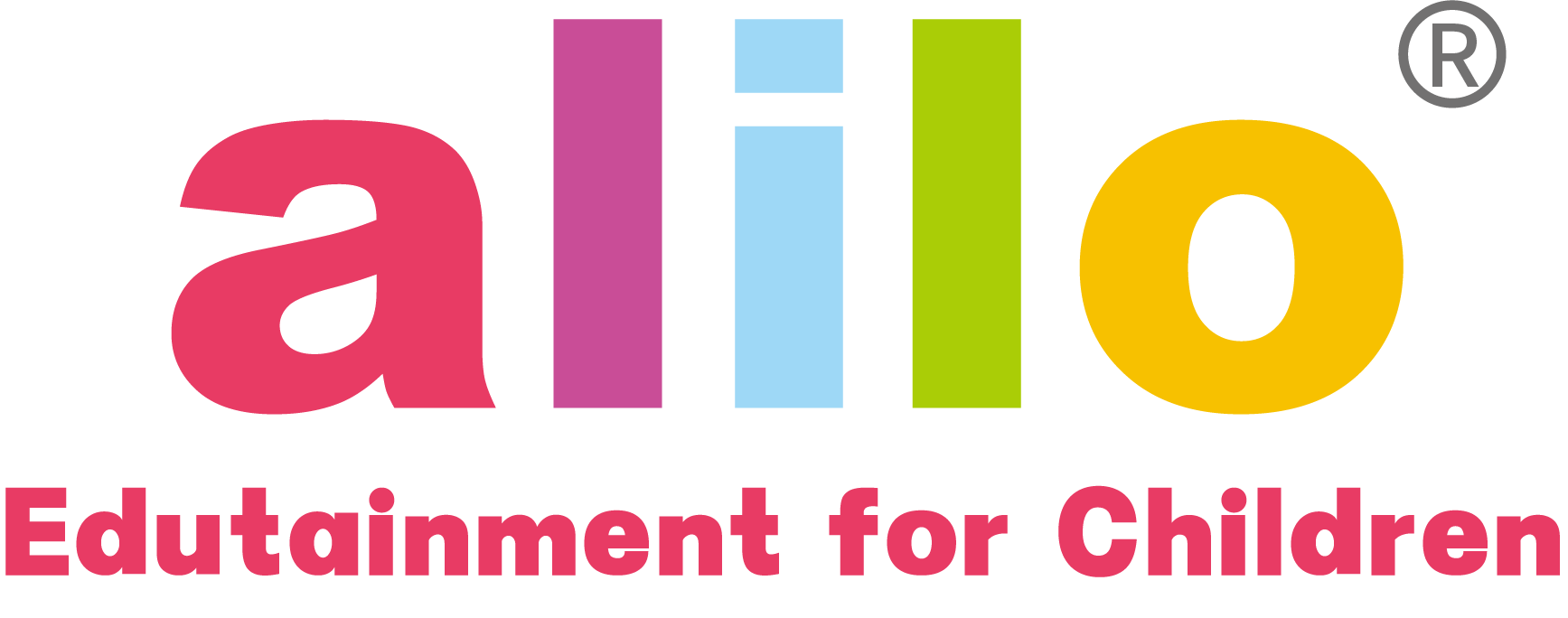
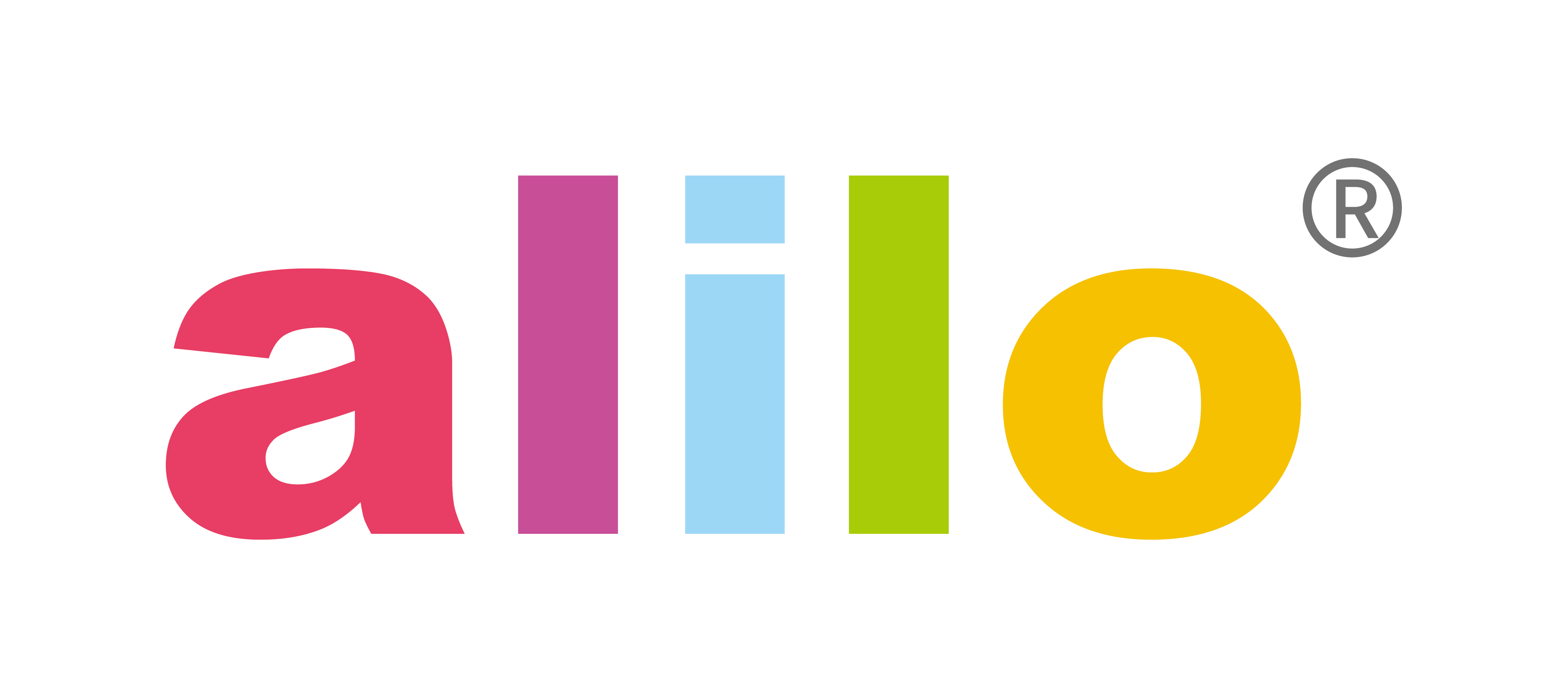

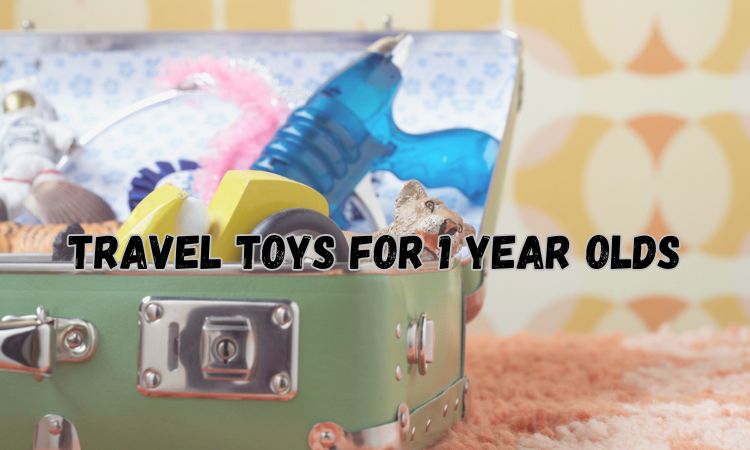
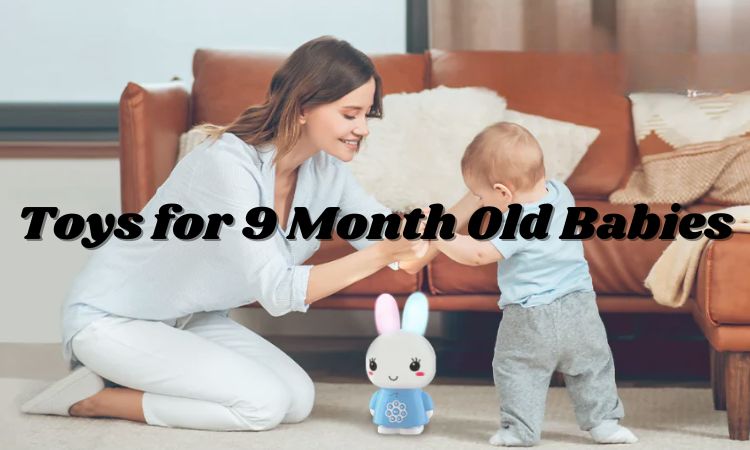
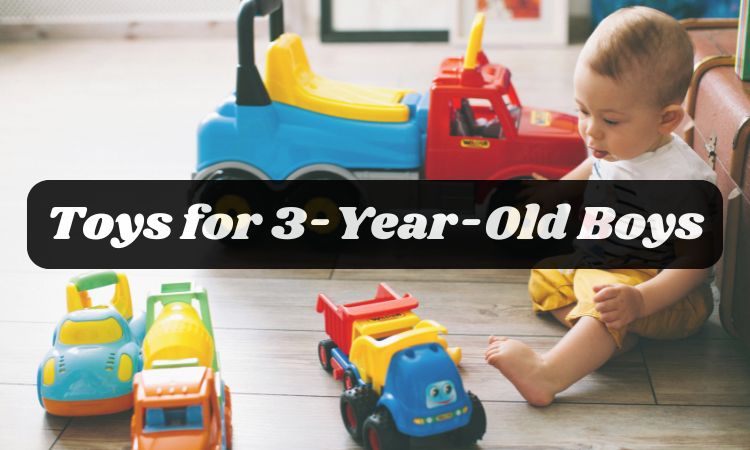
Share and get 5% off!
Simply share this product on one of the following social networks and you will unlock 15% off!